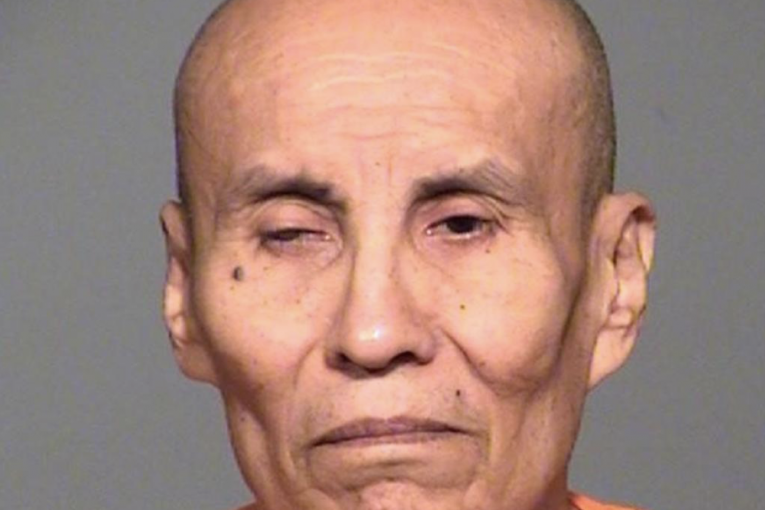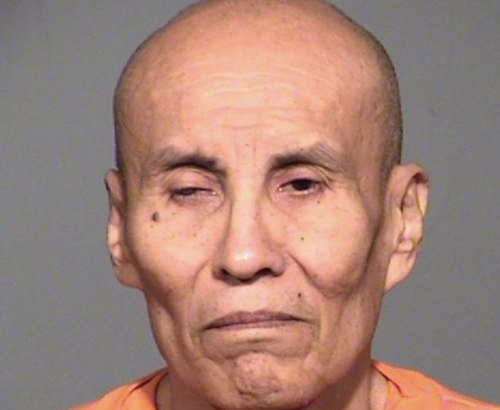

By Veronica Miller
FLORENCE, AZ – Clarence Dixon—a 66-year-old blind man who lawyers said was “incompetent” and didn’t know what was happening—was executed here Wednesday, after his appeal this week to the U.S. Court of Appeals failed.
Dixon was the first person executed in Arizona since the botched execution of Joseph Wood in 2014.
He was convicted in 2008 for the 1978 murder of Deana Bowdoin, a 21-year-old senior at Arizona State University, who was found dead inside her apartment, strangled with a belt.
Judge Jay Bybee, Judge Daniel Bress, and Judge Danielle J. Forrest listened to the arguments from both parties in the case in the U.S. Court of Appeals Ninth Circuit on Tuesday afternoon.
Dixon was charged with the rape and murder of Bowdoin in 1978. The case had not been solved until 2001 when investigators were able to match a semen sample to Dixon.
In 2008 Dixon was sentenced to the death penalty after being found guilty of the murder.
At the time of being charged with this murder, Dixon was already sentenced to multiple consecutive life sentences from previous sexual assaults, aggravated assault, and first-degree burglary.
Dixon’s attorney Eric Zuckerman argued Dixon is incompetent to go forward in the execution.

In an earlier trial through the Pinal County Superior Court, Dixon was found to be mentally competent so the set execution could proceed. The case was then submitted to the U.S. Court of Appeals Ninth Circuit.
Zuckerman said Dixon suffered from schizophrenia, was blind, and did not know the reason as to why he was being executed.
Zuckerman also argued that Dixon believed that he was being executed due to a judicial conspiracy to silence him. Dixon also said this was a proposed homicide against him.
Zuckerman also argued that the state court only focused on the witness testimony from only one of the experts that were called to evaluate Dixon. He stated the practices used by this expert, such as evaluating Dixon over Zoom, are not standard practices.
The government said the claims that have been made by Dixon did not show that he was incompetent.
Dixon also had claimed that if he had been in a state where the death penalty is illegal he would not be set to be executed.
“The last 44 years he hasn’t had any adequate treatment or access and he’s been incarcerated during that time,” said a protestor about 15 mins before Dixon’s scheduled execution. “He’s not a danger to society, he’s more of a danger to himself.”
She added, “He’s enclosed in a room completely blind and has no idea what’s going on or what’s happening and they’re going to execute him today. That type of frustration I think is powerful to use to continue our work as advocates because Clarence is not the only one.” 




